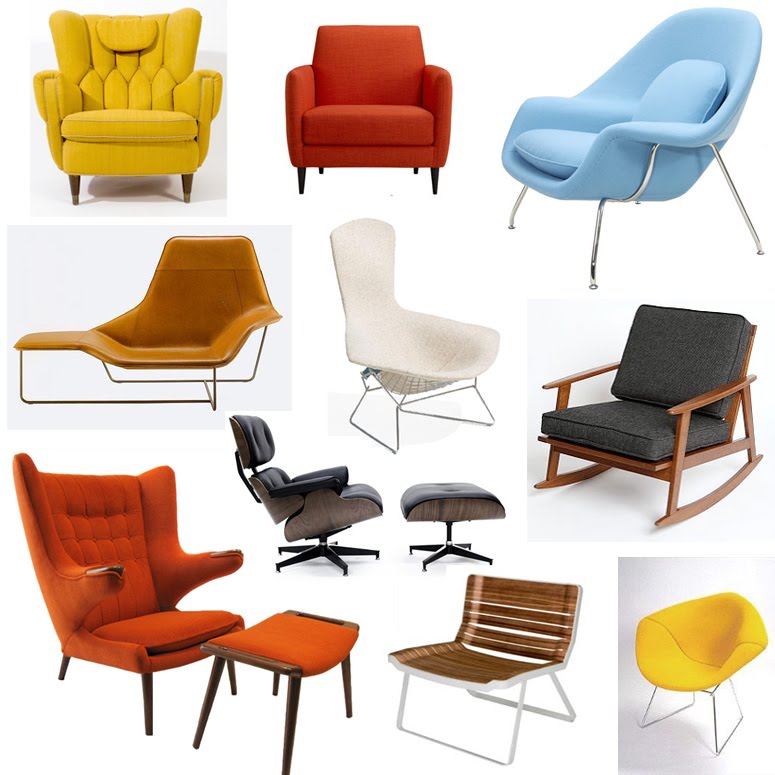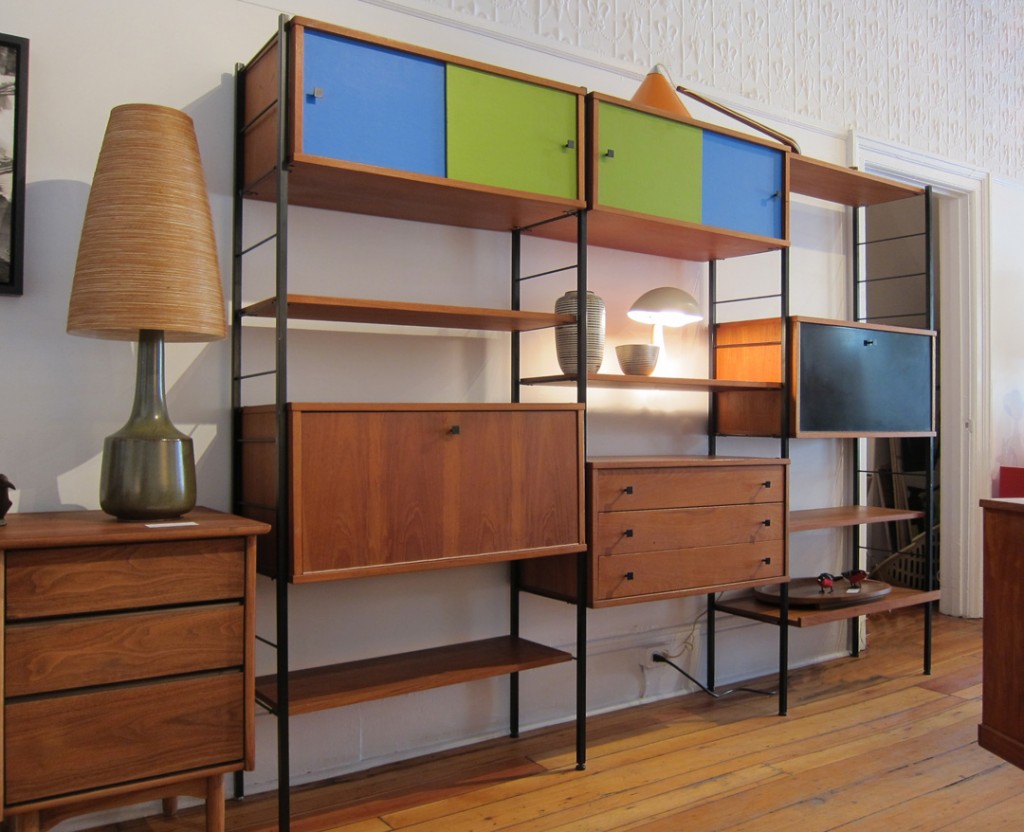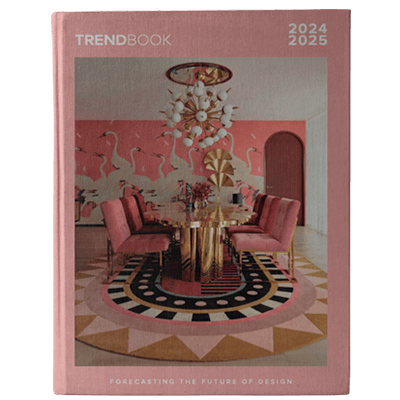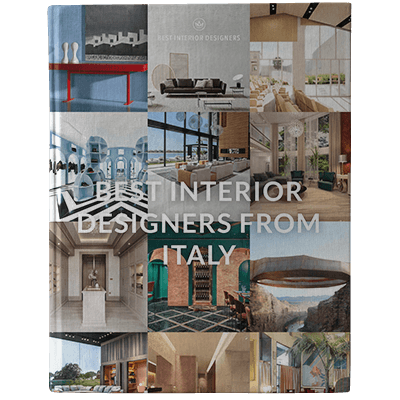Midcentury Modern describes an era of style and design that began roughly in the mid-1940’s and continued into the mid-1960’s. It is an organic offshoot of Modern design that’s often associated with the casual furnishings and carefree look of Eichler tract homes in suburban California during the 1950’s.
In addition, the Midcentury Modern era is noted for the mass-production of household objects, from furniture to clocks to lamps to radios, because many of its chief designers (Charles and Ray Eames foremost among them) made it a requirement that their work be affordable to the average homeowner rather than the wealthy elite.
SEE ALSO: Maison et Objet: Midcentury design turns essential once again!
The United States, Britain, Japan and Scandinavia were centers for the Midcentury Modern aesthetic. In the U.S., Herman Miller produced plywood, fiberglass, and wire-mesh chairs for Charles and Ray Eames (the metal chairs with covers designed by Alexander Girard are highly collectible), as well as the famous Marshmallow sofas for George Nelson. Knoll made insect-like wire chairs for Harry Bertoia and cool, white-and-red fiberglass-and-aluminum Tulip chairs for Eero Saarinen.
In England, Ernest Race produced handsome sideboards and economical folding deck chairs in the Midcentury Modern style. Fellow Brit Robin Day worked with Hille Ltd. to create everything from convertible beds to tables and chairs. He is also credited with designing the first polypropylene stacking chair.

Japanese designer and sculptor Isamu Noguchi, a giant of Midcentury Modern, designed for both Knoll and Herman Miller. His three-piece wood and glass table from 1948 has been a mainstay of the Miller catalog for more than half a century, while the bases on his tables for Knoll used metal rods in a way that was very similar to some of the Eames’s chairs. Japanese-American George Nakashima, who was interred during World War II, designed for Knoll but also brought a woodworker’s sensibility to his furniture, often using the natural and even deformed shapes of his raw materials to lead him.
And then there were the Scandinavians. Børge Mogensen designed chairs of elegant simplicity that harmonized form with functionality, while his Sleigh Chair was as whimsical as its name suggests. Arne Jacobsen’s Swan chair held its users in a palm-like embrace. Finn Juhl took a more sculptural approach for his wood-frame seats — even a Juhl coffee table looks like a work of art. As for Hans Wegner, he made a chair that was so highly regarded it was used by Nixon and Kennedy in a 1960 presidential debate and has since become known simply as The Chair.
Furniture was not the only product of note to come out of the Midcentury Modern movement. For some reason, clocks, especially wall clocks, became a design force to be reckoned with. When George Nelson wasn’t designing furniture for Herman Miller, he was working with the Howard Miller Clock Co. on a series of marvelous modern wall clocks. He made clocks whose hands pointed to colored balls on the ends of slender shafts; clocks that resembled sunbursts, sunflowers, and asterisks; and even a clock that suggested a human eye.

Nelson and Miller were also responsible for the Bubble Lamps, which were made of steel and translucent plastic and were designed to hang from the ceilings of Midcentury Modern homes, either as individual globes, ellipses, and cylinders or in clusters. Other lamps popular during this period, and produced by a wide range of designers and manufacturers, were the pole-tension lamps that lit up corners of livings rooms and the “atomic” boomerang lamp shades designed for table lamps.
Nothing escaped Midcentury Modern, from transistor radios to lava lamps, which had yet to be associated with the psychedelic 1960’s still a few years away. It was perhaps the last time that design drove the look and feel of popular culture. Soon, the roles would be irrevocably reversed.
Source: Collectors Weekly
_
We really hope you liked our article. Feel free to pin all the images to your favorite Pinterest board or to print it and use in your mood board. You can always choose to follow us and see the coverage of this event step by step. Follow us on Facebook, Pinterest , Instagram or subscribe here and don’t miss a single breath.

















